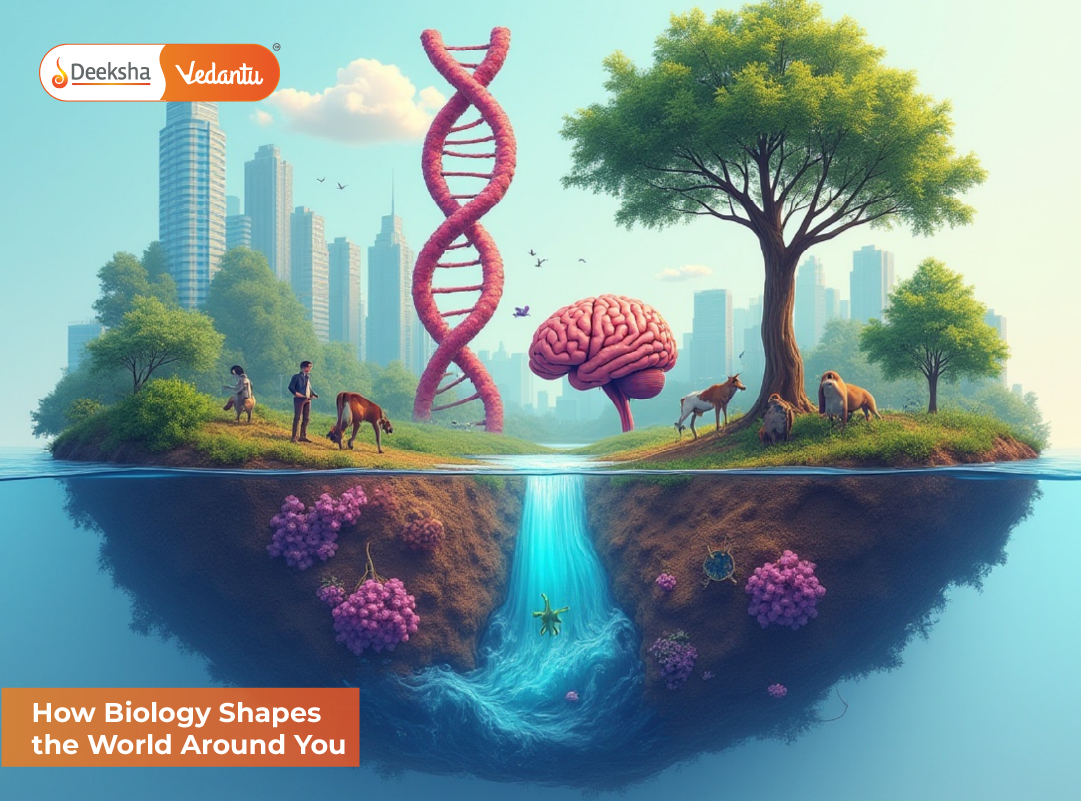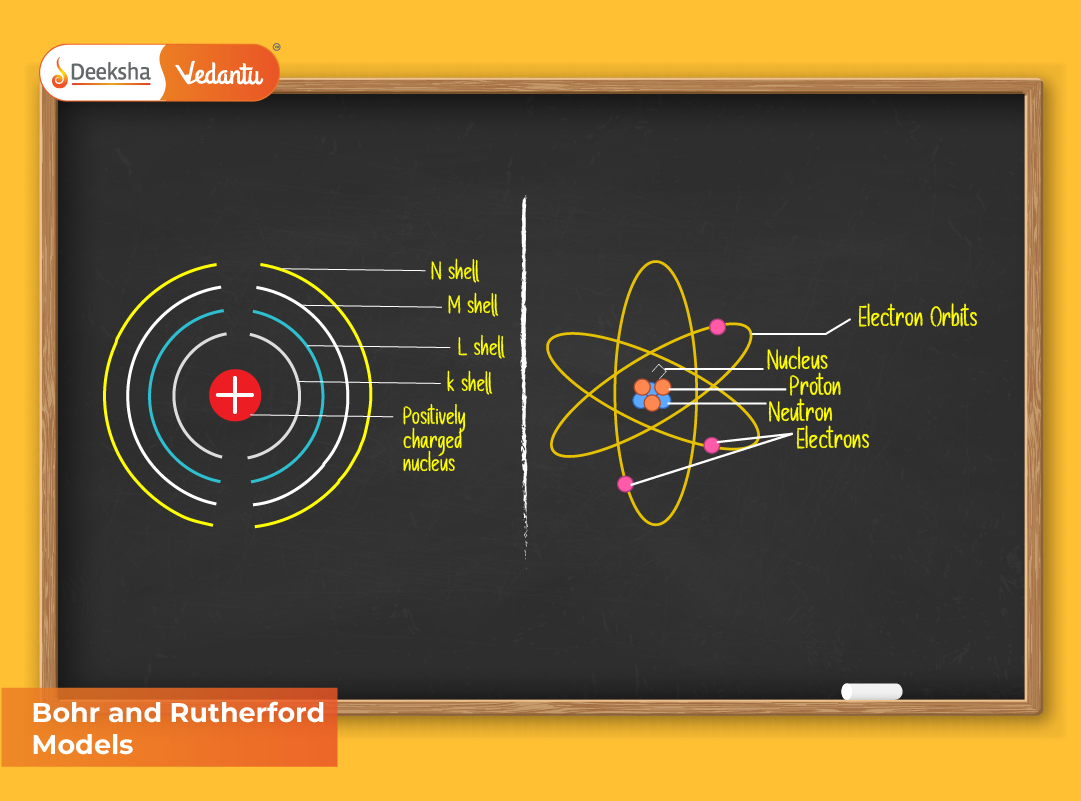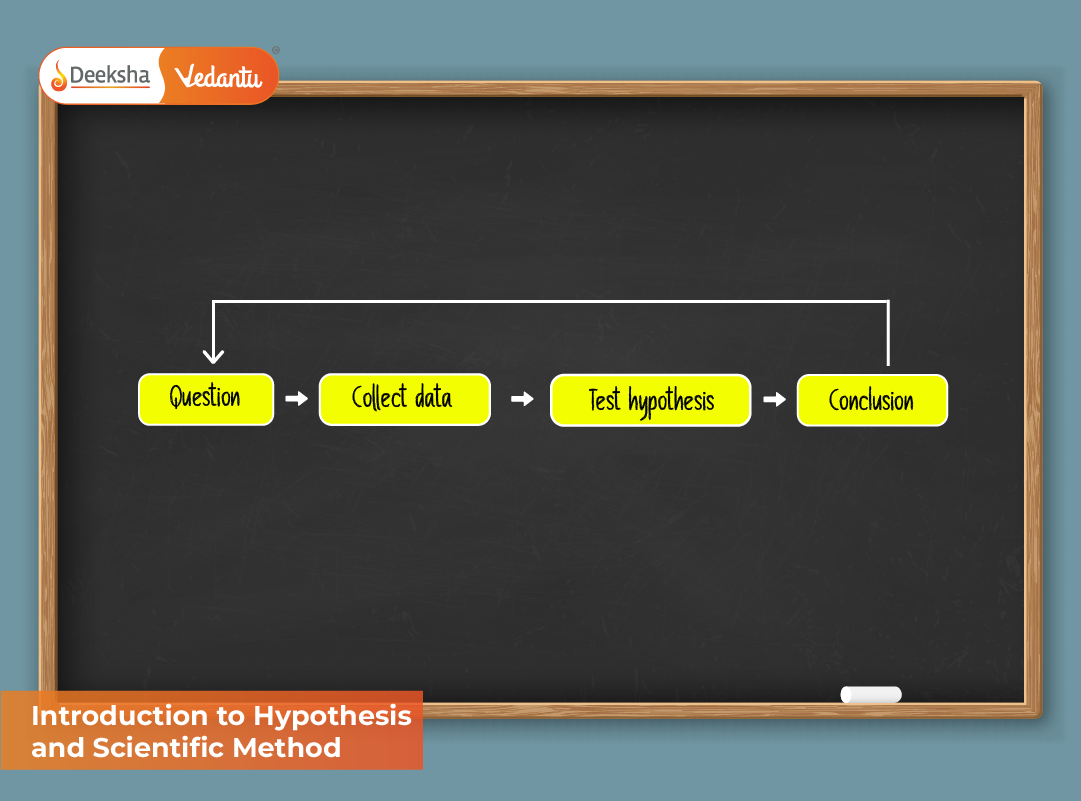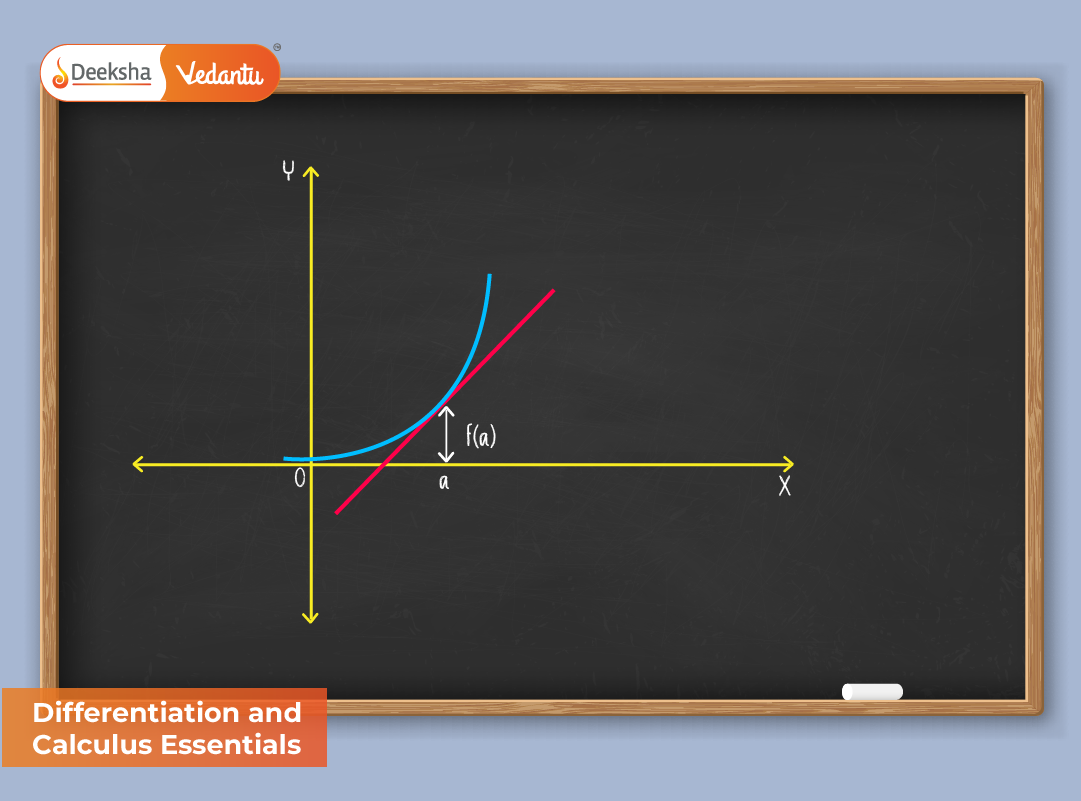Introduction
Every living organism must constantly interact with its surroundings. Animals, in particular, need to respond quickly to changes—like escaping danger, finding food, or maintaining internal balance. This remarkable ability to detect, process, and respond to environmental stimuli is achieved through coordination systems, primarily the nervous system and the endocrine system. Together, these systems ensure the body functions harmoniously. The study of animal coordination and hormones gives insight into how nerve impulses and hormones manage vital processes such as digestion, growth, and reproduction.
To explore how coordination supports life functions, visit Control and Coordination.
Coordination in Animals
Coordination in animals is the process that allows various organs, tissues, and systems to work together seamlessly. Without coordination, body processes would become disorganized, leading to failure in maintaining stability or reacting to the environment.
Animals rely on two major systems for coordination:
- Nervous System – Enables rapid responses like reflex actions, movement, and sensory perception.
- Endocrine System – Regulates slower but long-lasting processes such as growth, metabolism, and reproduction.
The nervous system operates using electrical impulses transmitted by neurons, whereas the endocrine system uses hormones, chemical messengers carried by blood. This division ensures that animals can respond both instantly and over time to various internal and external factors.
For detailed learning, explore Coordination in Animals and Neurons.
The Nervous System in Animals
The nervous system enables animals to detect stimuli, process information, and react appropriately. It forms a network of specialized cells—neurons—that transmit information as electrical impulses.
Major Parts of the Nervous System:
- Brain: The command center that interprets incoming signals, makes decisions, and initiates actions.
- Spinal Cord: A central communication pathway connecting the brain and the rest of the body, also responsible for reflexes.
- Peripheral Nervous System (PNS): Consists of sensory and motor nerves that connect the CNS to organs, limbs, and tissues.
Reflex Action:
A reflex action is a quick, automatic, and involuntary response to a stimulus. It helps protect the body from harm—like instantly pulling your hand away when touching a hot surface. Reflexes are managed by the spinal cord, reducing reaction time.
To understand neural coordination in detail, visit Animals Nervous System.
The Endocrine System
The endocrine system acts as a slower but long-term communication network in animals. It regulates physiological functions using hormones—chemicals secreted by endocrine glands directly into the bloodstream.
Major Endocrine Glands and Their Functions:
| Gland | Hormone | Function |
| Pituitary Gland | Growth hormone, TSH | Controls body growth and stimulates other glands to function |
| Thyroid Gland | Thyroxine | Regulates metabolism and body temperature |
| Adrenal Gland | Adrenaline | Triggers emergency responses (fight or flight) |
| Pancreas | Insulin, Glucagon | Balances blood sugar levels |
| Gonads (Testes & Ovaries) | Testosterone, Estrogen | Controls reproductive functions and sexual traits |
For more insights, visit Hormones in Animals.
How Hormones Work
Hormones function as chemical messengers, influencing specific target organs to regulate key physiological activities. They maintain homeostasis, ensuring the body’s internal environment remains balanced.
Key Features of Hormones:
- Secreted by endocrine glands in small quantities.
- Transported via the bloodstream to specific target organs.
- Help maintain stability and equilibrium in the body.
- Act slowly but exert lasting effects.
For instance, insulin controls glucose concentration in the blood, while adrenaline prepares the body for emergencies by increasing heart rate and alertness. A hormonal imbalance can disrupt normal body functions, leading to disorders such as diabetes or hyperthyroidism.
Relationship Between Nervous and Endocrine Systems
Although distinct, the nervous and endocrine systems work together to achieve perfect coordination. The link between the two is the hypothalamus, a part of the brain that regulates the pituitary gland. Through this connection, neural impulses can influence hormone secretion, creating a balanced feedback system.
Example:
When danger is perceived, the brain sends impulses to the adrenal glands via the hypothalamus, prompting them to release adrenaline. This hormone increases heartbeat, boosts breathing rate, and sharpens focus—an immediate survival response.
To explore this link further, visit Control and Coordination.
Coordination in Plants vs. Animals
Plants and animals both exhibit coordination, though in vastly different ways. Plants lack a nervous system but still respond to stimuli using plant hormones like auxins and gibberellins. These control growth, phototropism, and other responses. Animals, on the other hand, rely on both electrical and chemical communication, allowing more complex, rapid, and adaptive responses.
Learn more about how plants manage coordination at Coordination in Plants.
Importance of Coordination and Hormones in Life Processes
Coordination through neural and hormonal mechanisms is crucial for sustaining life. These systems ensure that all body functions occur at the right time and in the right sequence, maintaining homeostasis.
Key Functions:
- Regulating metabolism, growth, and energy utilization
- Controlling reproduction and sexual development
- Maintaining internal balance (homeostasis)
- Coordinating muscle movement and reflexes
- Managing emotional and stress responses
- Ensuring communication between different body systems
Without proper coordination, the body would be unable to function efficiently, leading to imbalance and disease.
FAQs
Q1. What is animal coordination?
Animal coordination is the process where the nervous and endocrine systems work together to control and regulate bodily functions, allowing the organism to respond effectively to changes.
Q2. What is the role of hormones in animals?
Hormones control essential functions such as metabolism, growth, reproduction, and emotional responses. They act as chemical messengers carrying signals from glands to specific organs.
Q3. What organs are part of the endocrine system?
Key glands include the pituitary, thyroid, adrenal glands, pancreas, and gonads, each releasing specific hormones for particular body functions.
Q4. How do the nervous and endocrine systems work together?
The hypothalamus serves as a link between the two systems, directing hormonal release from the pituitary gland in response to neural signals.
Q5. What is the difference between coordination in animals and plants?
Animals coordinate through neurons and hormones, enabling fast and complex reactions, while plants depend solely on chemical messengers for slower growth-related responses.
Conclusion
The animal coordination and hormonal systems are integral to survival, ensuring every organ and system functions harmoniously. Together, neurons transmit rapid impulses while hormones sustain long-term regulation. Understanding these interconnected systems helps students appreciate how animals maintain balance, adapt to their environments, and perform vital life processes efficiently.
Table of Contents














Get Social